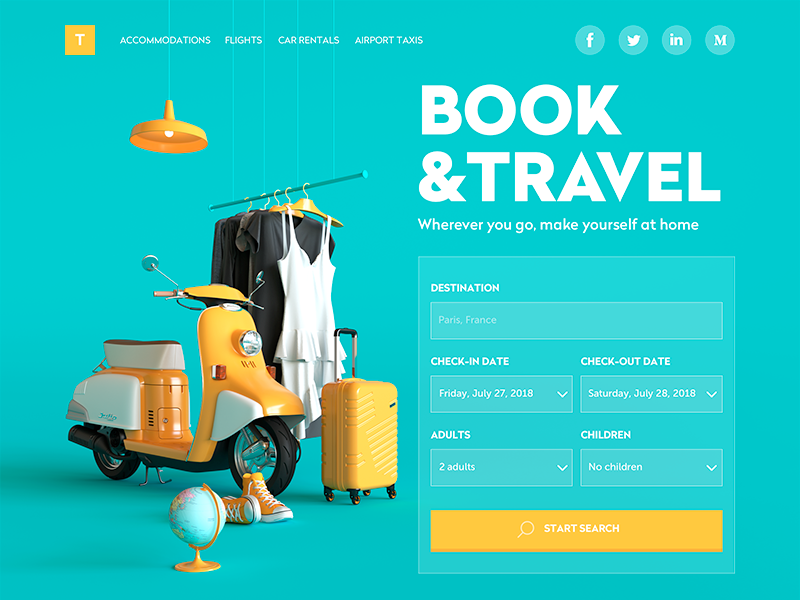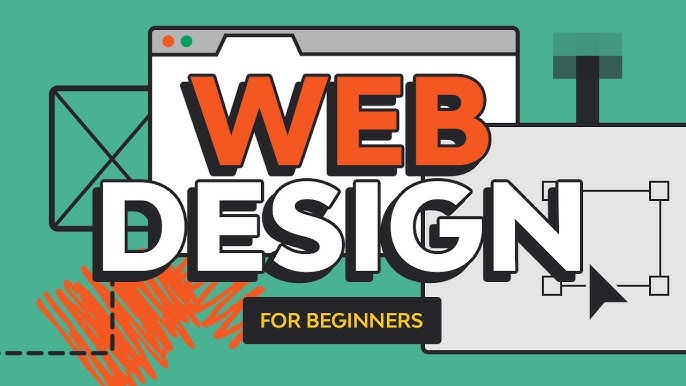Expert Aligned Position Web Design: Elevate Your Digital Presence with Our Professional Services
Expert Aligned Position Web Design: Elevate Your Digital Presence with Our Professional Services
Blog Article
The Most Effective Kinds Of Web Design to Enhance Individual Experience and Interaction
In the ever-evolving landscape of digital communication, the efficiency of Web design substantially affects user experience and involvement. Different style techniques, such as minimalist, responsive, and interactive designs, each deal one-of-a-kind benefits that can provide to diverse customer demands.
Minimalist Web Design
As electronic landscapes end up being increasingly messy, minimalist website design has become a powerful technique to enhancing individual experience. This design ideology focuses on simpleness, concentrating on crucial components while getting rid of unnecessary disturbances. By using ample white room, uncomplicated navigation, and a restricted shade combination, minimalist style fosters quality and guides customer interest to crucial web content.
The core concept of minimal website design is to create a seamless interaction for users. By minimizing cognitive lots, customers can promptly understand information without feeling bewildered. This direct method not only enhances functionality however also encourages involvement, as visitors are more probable to discover a website that is easy and visually attractive to browse.
In addition, minimal design typically emphasizes typography and imagery, making use of these elements purposefully to share messages successfully. In significance, minimal Web layout is not just a pattern; it is a thoughtful methodology that identifies the value of user-centered layout.
Receptive Website Design
In today's diverse digital atmosphere, responsive Web style has actually ended up being necessary for developing a seamless customer experience throughout a wide variety of tools. As customers gain access to web sites on smartphones, tablets, laptops, and desktops, the ability of a web site to adapt its design and content to various display dimensions and resolutions is essential.
Responsive Web design uses versatile grids, pictures, and CSS media queries to make sure that Web content exists efficiently, despite the device used. This approach not just improves the visual appeal of a web site but additionally dramatically enhances use. Individuals are a lot more likely to involve with a website that uses a regular experience, as it removes the irritation of having to zoom in or scroll exceedingly.
By taking on responsive design, organizations can boost their exposure and get to a broader target market. In recap, receptive Web layout is an essential technique that boosts user experience, involvement, and overall fulfillment.
Interactive Web Design
Responsive Web layout lays the groundwork for boosting individual experience, yet interactive Web layout takes this a step even more by engaging customers in a much more vibrant means - Aligned Position Web Design. By incorporating aspects such as animations, clickable models, and real-time comments, interactive Web design mesmerizes customers, drawing them right into a richer surfing experience
This technique not just promotes engagement but also motivates users to explore content proactively instead of passively eating it. Methods such as gamification, where users gain benefits for finishing tasks, can dramatically enhance the time invested in a website and enhance overall complete satisfaction. Interactive features can streamline intricate details, making it extra pleasurable and digestible.

Including interactive layout components can also result in greater conversion rates, as users are more likely to involve with a website that actively includes them. Aligned Position Web Design. Ultimately, interactive Web layout changes customer experiences into memorable trips, making certain that visitors return time and again
Apartment Design
Defined by its minimalistic approach, level style highlights simpleness and capability, removing unnecessary components and concentrating on necessary features. This design philosophy prioritizes usability, ensuring that customers can browse user interfaces easily and effectiveness. By utilizing a clean aesthetic, level layout gets rid of the clutter frequently discovered in much more ornate styles, thus boosting customer focus on web content and functionality.
The hallmark of flat style hinges on its use strong shades, straightforward typography, and geometric shapes. These components add to an aesthetically appealing interface that is both modern and friendly. In addition, level design cultivates a feeling of clearness, allowing individuals to determine essential activities and details without disturbance.
Additionally, level design is particularly effective in receptive Web style, as its simplicity translates well across various devices and screen dimensions. The absence of elaborate textures and slopes minimizes filling times, which is crucial for maintaining customer engagement. As electronic landscapes proceed to progress, flat layout stays an appropriate selection for creating easy to use web sites that improve total experience. By focusing on essential functions, flat layout not only fulfills customer demands yet additionally encourages smooth interaction, making it an essential component of efficient Web style approaches.
Adaptive Web Style
Adaptive Web design personalizes the user experience by producing several taken care of designs tailored to various display sizes and gadgets. Unlike responsive layout, which fluidly adjusts a single format, flexible style uses distinctive formats for details breakpoints, making certain ideal presentation on different systems. This strategy navigate to this website enables developers to concentrate on the one-of-a-kind features of each gadget, boosting use by providing precisely what individuals require based upon their context.
Among the main benefits of flexible website design is its ability to enhance tons times and performance. By serving tailored material and photos that fit the individual's tool, web sites can decrease data usage and enhance loading speeds. This is especially useful for customers with slower links or limited information strategies.

Furthermore, flexible style facilitates a much more regular and controlled branding experience. Considering that developers produce numerous formats, they can ensure that the visual elements align with the brand's identification throughout different platforms - Aligned Position Web Design. This results in a natural customer experience, boosting interaction and advertising customer retention
Final Thought
Finally, the assimilation of minimal, receptive, and interactive website design principles considerably boosts user experience and engagement. Minimalist design fosters clarity and focus, while responsive design makes sure flexibility throughout numerous tools, advertising availability. Interactive style captivates individuals via dynamic aspects, urging exploration and personalization. Jointly, these style approaches add to the development of straightforward environments that not just enhance satisfaction however likewise drive higher conversion prices, highlighting their crucial relevance in contemporary Web design methods.

Minimal style promotes clarity and emphasis, while responsive style ensures adaptability across various tools, advertising access. Collectively, these layout approaches add that site to the production of straightforward environments that not just boost complete satisfaction but additionally drive higher conversion rates, highlighting their critical relevance in contemporary Web layout methods.
Report this page